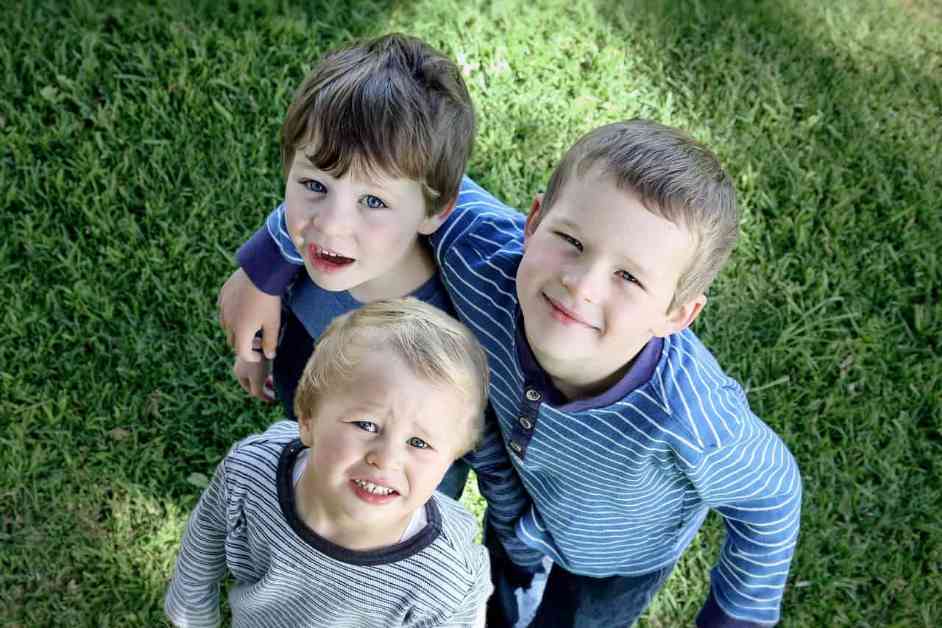Research indicates that the number of autism cases is on the rise, but the reasons behind this increase are not entirely clear. In the past, scientists have identified mutations and genetic variations in individuals with autism, suggesting a genetic factor in this developmental condition. A recent study may have provided the strongest evidence yet to support this idea.
The likelihood of autism in siblings
According to a team of researchers led by Sally Ozonoff of the University of California Davis MIND Institute, siblings of children with autism have a 20% chance of being autistic themselves. This rate is significantly higher than the general population, about seven times higher to be exact.
Ozonoff’s latest study, which included a larger and more diverse group of families from the United States, Canada, and the United Kingdom, built upon her previous work from 2011. The findings reaffirmed the recurrence rate reported in the previous paper. The study aimed to understand if changes in autism diagnostic criteria and increased awareness of autism in girls had any impact on the likelihood of autism recurrence within families.
Genetic factors at play
The research involved 1,605 infants with older autistic siblings and followed them from as early as 6 months old through up to seven visits. Using the Autism Diagnostic Observation Schedule (ADOS-2), a reliable tool for diagnosing autism spectrum disorder, researchers assessed the children.
Several factors were identified as influencing the likelihood of autism recurrence within families. Families with multiple autistic siblings had a higher recurrence rate (37%) compared to those with just one autistic sibling (21%). Additionally, families whose first autistic child was a girl had a 50% increased likelihood of having another autistic child compared to families with a first autistic boy.
Boys were almost twice as likely to be diagnosed with autism compared to girls born after a sibling was diagnosed with autism. The recurrence rate for boys was 25% and for girls, it was 13%. This aligns with the general population where boys are four times more likely to be diagnosed with autism than girls.
Other factors such as race and maternal education level also played a role in the recurrence of autism. Non-white families had a recurrence rate of 25% while white families had a rate of 18%. The recurrence rates varied based on the mother’s education level, ranging from 32% in mothers with a high school education or less to 16.9% in mothers with a graduate degree.
Importance of further research
Ozonoff emphasized the importance of replicating these findings as they are new and critical. The study also addressed concerns about potential biases from families that dropped out of the study, showing no significant difference in outcomes between those who remained and those who left.
This research sheds light on the genetic factors at play in autism recurrence within families and highlights the importance of closely monitoring siblings of autistic children for developmental delays, especially in families with limited access to care. The study was published in the journal Pediatrics and underscores the need for continued research in this critical area.






